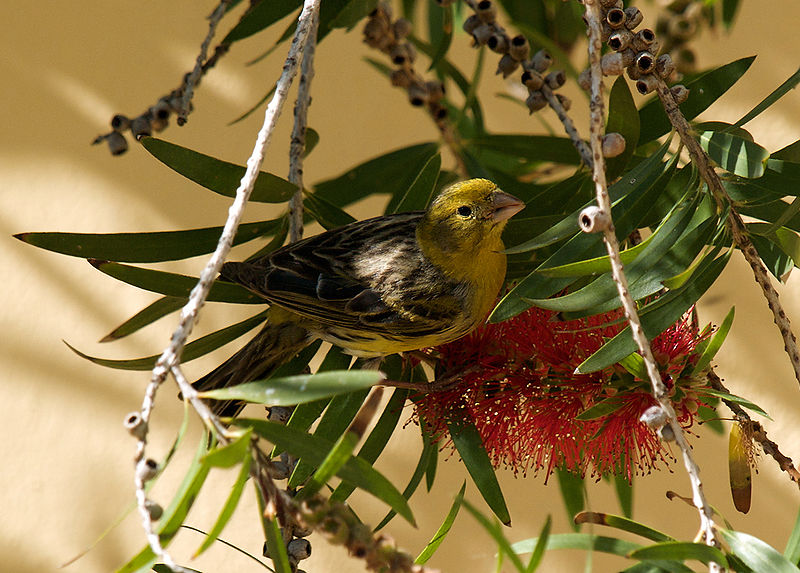Canaries (Serinus canarius) have been captive bred for hundreds of years and in that time have come to thrive upon the rather simple seed-based diets that many owners provide to them. However, for optimum health, vibrant color, enhanced singing abilities and successful reproduction, your birds will require additional dietary variety. Today I’d like to highlight some often over-looked Canary foods. The diet described here is also suitable for the Canary’s close relative, the Green Singing Finch (C. mozambicus). Read More »
Tag Archives: Canary
Feed SubscriptionCanary Types – an Amazing Array of Color, Size, Shape, Plumage and Song
For a somberly-colored bird, the Canary (Serinus canaria) has made quite an impression on us. Shipwrecks, vicious dogs and thievery all figured into the captive history (please see article below) of what is now the most popularly kept finch. Selective breeding has also resulted in an array of different types, some of which are barely recognizable as Canaries.
The First “Type” Canaries
 Different Canary varieties (termed “types”) first developed quite by accident. Canaries arrived in Europe in 1478, when they were taken to Spain from their native habitat on several islands off Northwest Africa. As the Spanish sold only males and travel was difficult, Canary owners usually bred related birds to one another. This increased the likelihood of mutations, including the yellow coloring that is now considered to be the Canary’s “normal” color (wild Canaries are actually greenish-brown). Read More »
Different Canary varieties (termed “types”) first developed quite by accident. Canaries arrived in Europe in 1478, when they were taken to Spain from their native habitat on several islands off Northwest Africa. As the Spanish sold only males and travel was difficult, Canary owners usually bred related birds to one another. This increased the likelihood of mutations, including the yellow coloring that is now considered to be the Canary’s “normal” color (wild Canaries are actually greenish-brown). Read More »
 That Bird Blog – Bird Care and History for Pet Birds
That Bird Blog – Bird Care and History for Pet Birds
